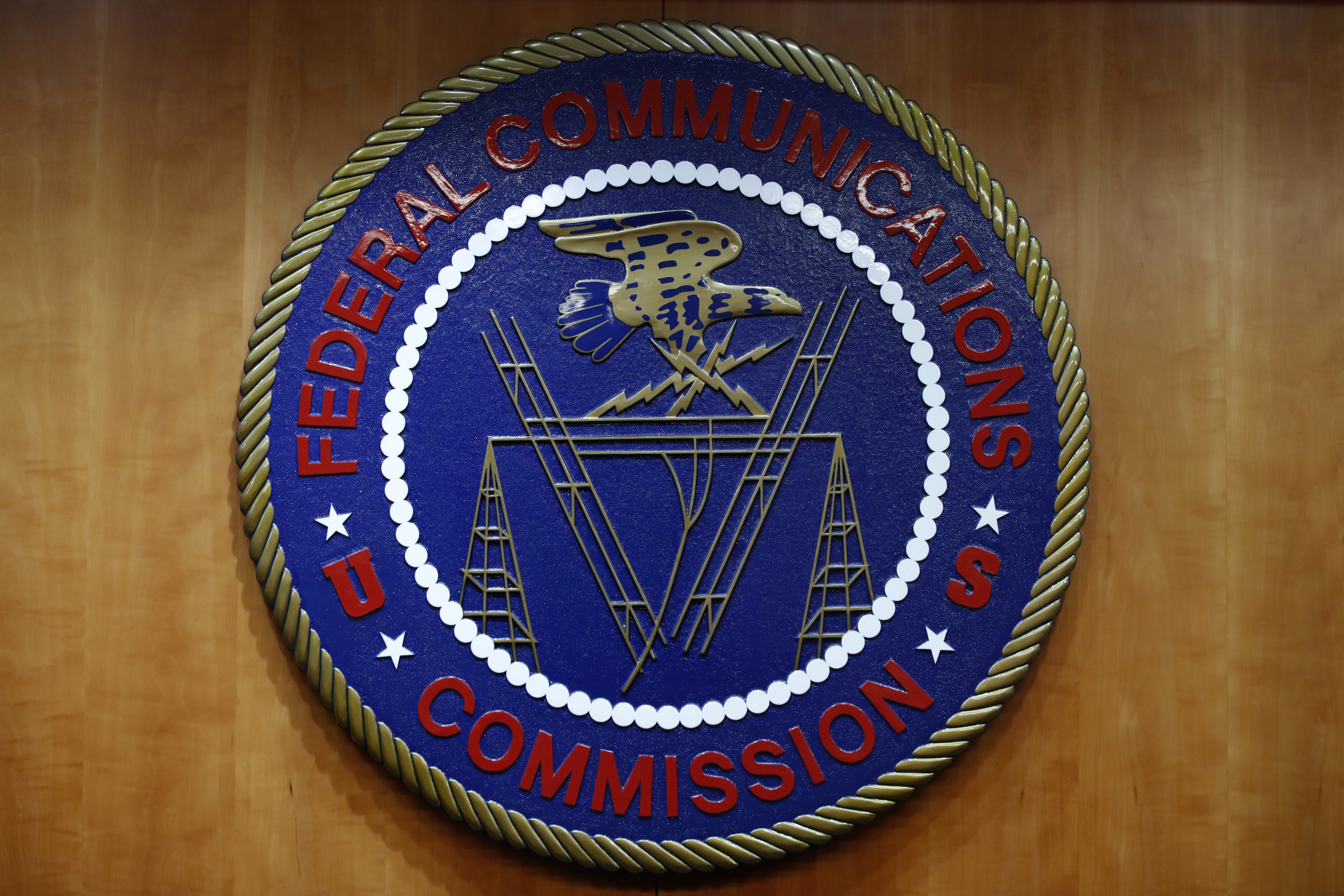A United States Coast Guard HC-130 Hercules rumbled down an airstrip on Hawaii's Big Island Thursday carrying hundreds of pounds of rare and precious cargo: seven endangered Hawaiian monk seals.
The young monk seals were found abandoned or malnourished late last year by National Oceanic and Atmospheric Administration officials in the uninhabited Northwestern Hawaiian Islands. They were rescued, then rehabilitated at the nonprofit Martine Mammal Center's monk seal hospital in Kailua-Kona, Hawaii, where the Coast Guard picked them up Thursday for the first leg of their journey home.
NOAA found six of the seal pups on the remote Northwestern Hawaiian Islands, the northernmost islands and atolls in Hawaii. The seventh seal, a yearling, was rescued from Niihau, a privately owned island in the main Hawaiian Islands.
The Marine Mammal Center's monk seal hospital on Hawaii's Big Island then nursed the animals back to health.
On Thursday, the seals were loaded into a U.S. Coast Guard airplane and flown from Kailua-Kona, Hawaii, to Honolulu. The Associated Press was on the flight.
The seals were then taken to an Oahu NOAA facility, where they will be held until Sunday.
From there, the animals will be transported by boat to the islands they were rescued from. Six of the seals will return to the Northwestern Hawaiian Islands, and the seventh is headed to the privately owned island of Niihau in the main Hawaiian Islands. The voyage is expected to take about a week.
U.S. & World
According to the California-based Marine Mammal Center, fewer than 1 in 5 monk seals survive their first year in the Northwestern Hawaiian Islands because of threats including predation, entanglement and environmental changes.
There are only about 1,200 monk seals in the world, NOAA officials said, and they all live in the main or northwest Hawaiian islands.
The seals being transported Thursday were all females, said Michelle Barbieri, a NOAA veterinarian with the Monk Seal Research Program who was aboard the flight.
"We focus our efforts on female seals because they're going to grow up and contribute to the population in the future," Barbieri said.
While in rehabilitation, the seals were slowly nursed to a healthy weight to help increase their odds of survival. They were also taught to catch and eat fish naturally, with little human intervention, so that they could hunt for themselves when they return to the wild.
Eric Roberts, a marine mammal response coordinator with the Coast Guard in Honolulu, helped bring the pups to the hospital when they were found and was there to escort them home.
"At the Coast Guard, we pride ourselves on being lifesavers, and this is a unique opportunity where we can actually contribute to saving a species," Roberts said.
The Marine Mammal Center has successfully released eight seals so far, and this group is their biggest recovery and release effort to date.
David Scholfield, a NOAA response coordinator for the Pacific Islands, said rescuers normally transport only one or two seals at a time, making Thursday's effort "historic" and a major boost for the overall population in generations to come.
The monk seal population is still declining at a rate of about 4 percent per year. Returning these animals to their home islands could have a big impact, he said.
"These seven animals would have died," Scholfield said, "and so getting them back to health and having them potentially reproduce in the wild, and produce offspring, has a many magnitude effect" on the overall population.



